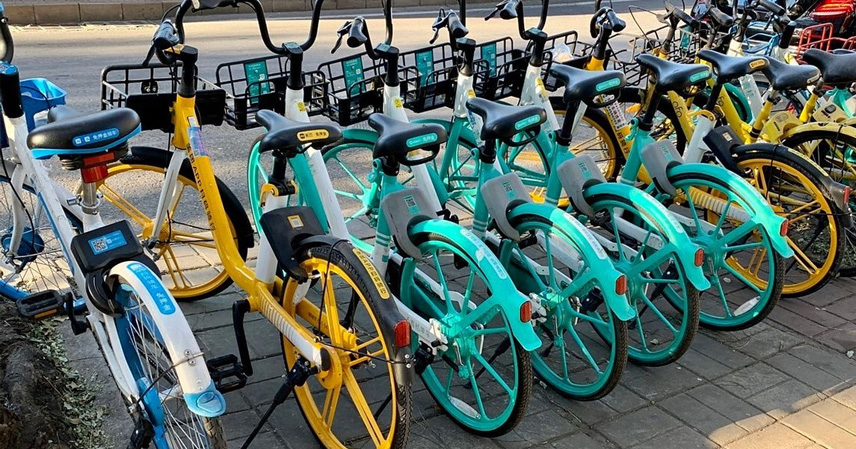The era of cheap bike-sharing rides in China seems to be over. What was once a low-cost, highly convenient way to get around cities has now become a surprisingly pricey option. In some cities, a 10-minute ride now costs up to 1.8 yuan, while riding for an hour can reach 4.5 yuan—sometimes more expensive than public buses or subways.
So, why are prices rising so sharply, and is there still any growth potential left in the bike-sharing market?
From Price Wars to Profit Pressures
The rise in bike-sharing prices did not start recently. Since 2019, most major platforms have gradually increased their rates. What used to cost less than one yuan for a short ride now typically starts at 1.5 yuan for 30 minutes, and in some regions, prices have surged by 40–50% since 2022.
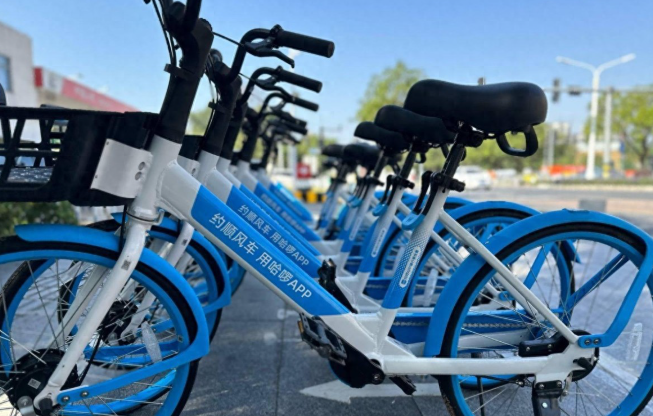
The logic behind these increases is simple: companies want to shift from market capture to profitability. During the early years, fierce competition among more than twenty operators led to massive subsidy wars, with investors willing to “burn money” to dominate the market.
This created an illusion of “free rides,” but the true cost was buried in billions of yuan of venture capital. When weaker players withdrew, the remaining giants—Meituan, Hello, and Didi’s Qingju—collectively captured 95% of the market, ending the era of subsidies and starting the era of revenue optimization.
The Cost Reality: High Operation, Low Utilization
Behind each shared bike lies a heavy operational cost. Maintenance and depreciation average around 1 yuan per day per bike, or roughly 365 yuan per year. That means each bike must generate at least that much revenue just to break even.
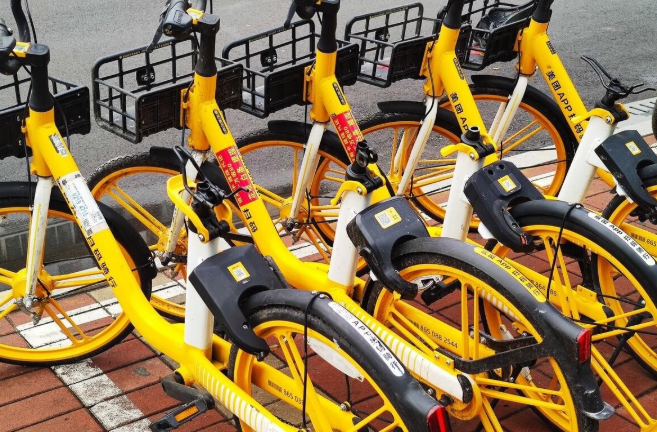
If a company manages a fleet of 100,000 bikes, annual maintenance alone exceeds 30 million yuan, not including production and logistical costs. Despite their vast presence, actual usage rates are low. A 2024 survey found that:
- 6.69% of users rarely ride shared bikes.
- 34.72% ride only once or twice per week.
- 43.43% ride 3–4 times weekly.
- Only 9.72% ride 5–7 times per week.
This low-frequency usage makes it difficult for operators to cover costs. As a result, companies have no choice but to raise prices to remain viable, even if it risks alienating frequent riders.
When Shared Bikes Cost More Than the Subway
In many medium-sized cities, public buses cost just 1–2 yuan per trip, while subway fares in major cities rarely exceed 7–8 yuan. With bike-sharing prices now approaching 4.5 yuan per hour, the cost comparison no longer favors bikes.
To regular users, this price escalation is significant. For instance, in early 2022, Hello Bike raised its 7-day pass from 10 yuan to 15 yuan, and its 30-day pass from 25 yuan to 35 yuan. Meituan Bike implemented similar hikes. At that rate, a year of regular bike-sharing can cost 300–400 yuan, enough to buy a decent personal bicycle.
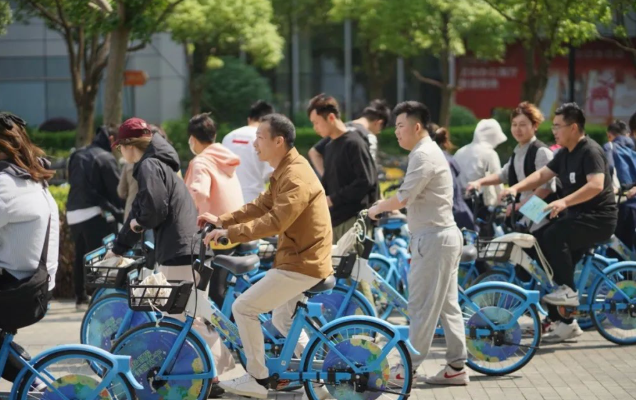
Thus, for many consumers, bike-sharing is losing its economic appeal. Unless new incentives or pricing adjustments appear, usage frequency may continue to decline, further tightening operators’ profit margins.
Why Companies Still Persist: The Flow Economy
If the economics are so grim, why do these companies continue operating? The answer lies in a different value proposition—traffic and brand exposure.
For instance, Hello Bike is part of a broader ecosystem that includes ride-hailing, carpooling, food delivery, hotel bookings, and even pet services. The bikes are not just transport tools—they are touchpoints in a local lifestyle network, keeping the brand visible across cities.
Similarly, Meituan uses its bikes to strengthen its “local services” ecosystem, which spans food delivery, groceries, and retail. Every bike on the street serves as a moving advertisement, maintaining user engagement and data flow.
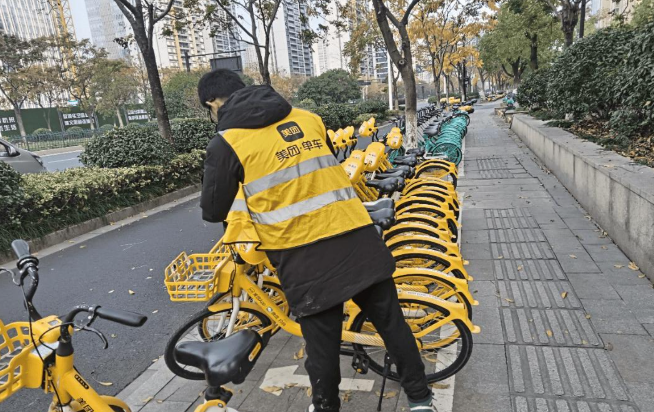
In today’s digital economy, attention equals revenue. Even if the bike-sharing business itself operates at a loss, it still fuels the parent platform’s traffic and visibility—valuable assets in the competitive world of Chinese tech conglomerates.
The Road Ahead
From a public perspective, continued price hikes will likely push some users away, changing daily commuting habits. For operators, the challenge is clear: finding new revenue streams beyond per-ride fees.
In the short term, as long as losses remain manageable, bike-sharing will not disappear. It remains a symbol of urban convenience and an important brand traffic channel for China’s digital platforms. However, without innovation in pricing, integration, or advertising, the dream of profitability will continue to pedal uphill.
References
- Chengdu Business Daily (June 8, 2023). “Bike-Sharing Prices Rise to 4.5 Yuan per Hour in Some Cities.”
- The Paper (July 29, 2024). “Why Bike-Sharing Prices Jumped During Holidays.”
- Zhiyan Consulting (Dec 4, 2024). “2025 China Bike-Sharing Industry Outlook.”

